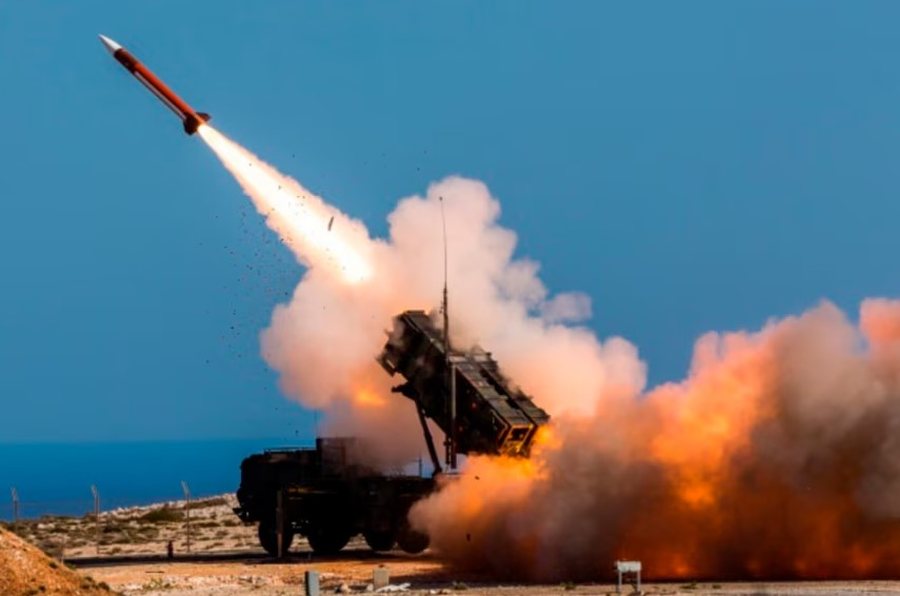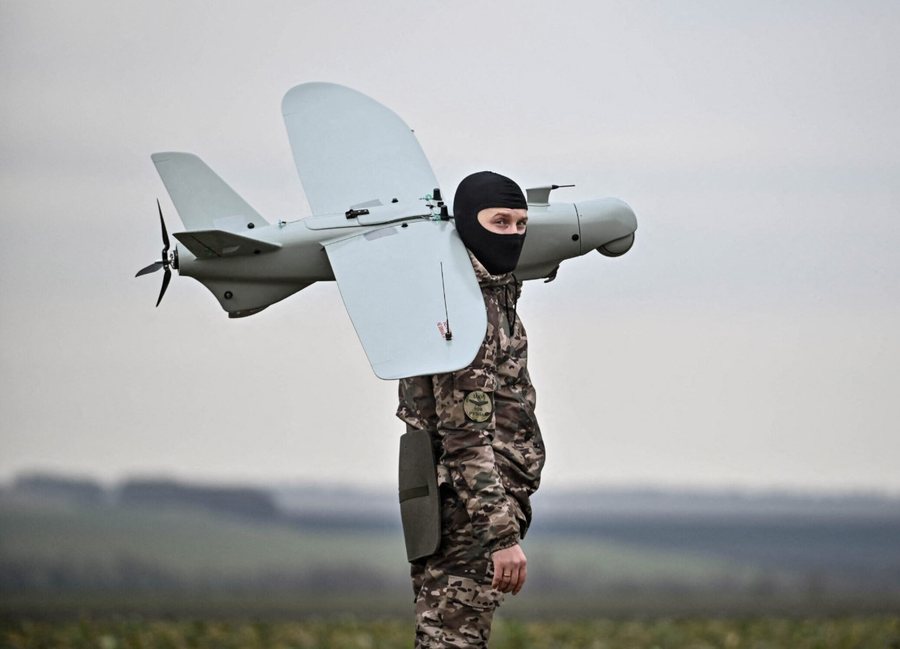
Two former senior US military commanders said Europe's air defenses are not prepared to deal with the scale of the threat from Russia, while the head of the US Navy's air and missile defense task force told Radio Free Europe that preventing attacks "is always like a cat and mouse game."
These statements come at a time when European countries are embarking on a massive rearmament program, approved last month, with air defense at the top of the priority list.
"Look at what happened in the big cities of Ukraine. The same thing could happen in some of the big cities of Europe," Philip Breedlove, former NATO supreme commander in Europe, told Radio Free Europe.
"If you're sitting somewhere and you think you're under some magical shield like in TV programs, it's not a good place to be," he added.
Russia's daily bombing of Ukraine has best illustrated the importance of air defense.
According to an analysis conducted in February by the Center for Strategic and International Studies (CSIS) in Washington, Russia has launched an average of 24.3 missiles and drones per day towards Ukraine since the start of its invasion of this neighboring country in 2022 – over 25,000 in total.
The consequences have been power outages, infrastructure destruction, and numerous civilian casualties. Russia has used a variety of missiles, from drones, modified Soviet-era glide bombs, to cruise missiles. There are also various types of air defense.
The leader of US Navy Task Force 64, Commander Mike Dwan, told Radio Free Europe that NATO's "overlapping fields of fire" provide a full range of protection.
Dwan is stationed with the Sixth Fleet in Naples, Italy, but spoke from the U.S. ballistic missile defense base in Redzikowo, Poland. His command combines that base with a similar one in Deveselu, Romania, and a fleet of U.S. bombers operating from Spain.
They use a system called Aegis to target ballistic missiles.
"We do this in the upper atmosphere, above 100 kilometers altitude. All of these [missile] interceptions... are happening in space," Dwan said.
The system was successfully used twice last year against Iranian intermediate-range ballistic missiles aimed at Israel. “We used a capability, a chain of engagement, very similar to what we have here for a threat coming towards NATO,” he added.
The system relies on a network of sensors, but this, according to Breedlove, is also its weak point.
"For a while there was this false sense that, okay, we have Deveselu, we have Poland, we have these two wonderful American capabilities, but you know those movies where you see the command center and every missile that is launched is shot down, those are fictions," he declared.
Probability of fatal blow
In a field filled with technical jargon, Breedlove referred to it by the English acronym POK (probability of fatal hit). This ranges from 95 percent in areas with high sensor density to just 30 percent in other areas. Europe, he said, needs to “strengthen the network.”
He declined to specify where this might be done.
"Nations know exactly where the gaps are. We've brought them to missile simulation centers and shown them how this works," he declared.
There are three rocket launchers in Redzikovo, each with eight missiles. Could their capacity be exceeded?
"That could happen," Dwan said. "Here in Poland, we have pre-planned responses for prioritized coverage. It's the same in Romania and our systems at sea.... It's always a cat-and-mouse situation: how many missiles are being launched and how many are we able to shoot down."
But Dwan stressed the importance of deterrence. If the Aegis system fails to intercept a missile, then another layer, such as a Patriot battery, would be activated to shoot down the missile.
"Layered defense" means that "any potential enemy has to think twice, maybe even three or four times" before attacking.
The threat from Russian drones
Breedlove said another key NATO weakness is defense against drones, an area where Russia now has more experience.
"We are facing a devastating amount of drone capability attacking [Ukraine], and America's air defenses - let alone Europe's - are not prepared for this kind of war, on this scale," he said.
Ben Hodges, the former commander of US Army Europe, had a similar assessment when he spoke about REL last month.

"You know, we've never, ever had enough air defense to cover everything... We prioritize what needs to be protected," he declared. "There's no such thing as a total shield."
Hodges said NATO military planners will take data on a “typical day” of Russian attacks in Ukraine, “and use that to assess the ports of Bremerhaven, Gdansk or Klaipeda in Lithuania, for example, and analyze whether we have enough air and missile defense? I’m not sure we do.”
Germany led the European Space Agency (ESSI) in 2022, following the start of Russia's invasion of Ukraine. Bringing together 24 European countries, the initiative aims to enable joint procurement of air and missile defense systems and encourage interoperability.
But some countries, such as France, Spain and Italy, have not joined the initiative. France has criticized the initiative for including systems (such as the American Patriot systems) and non-European components.
Air power
Hodges said NATO fighter jets compensate for some of Europe's weaknesses.
"Our air force is a critical part of that. I think that perhaps the increasing amount of air power that we have, particularly with Finland and Sweden... will provide us with capabilities that the Ukrainians currently don't have to counter Russian air and missile attacks."
Hodges added that air power is also a key U.S. contribution to air defense. But Europe's efforts to bolster its defenses come at a time of uncertainty about the U.S.'s continued commitment to its security. So how would Europe defend itself without a U.S. role?
"The biggest gap would be the US Air Force, early warning, intelligence... and then the US contribution to the NATO air command at Ramstein."
Dwan's command is also an important capacity.
The ESSI initiative envisages the use of Arrow-3 systems, which can intercept ballistic missiles. But this will take time and these systems are not produced in Europe, as they were developed by Israel and the US. (A2 Televizion)











